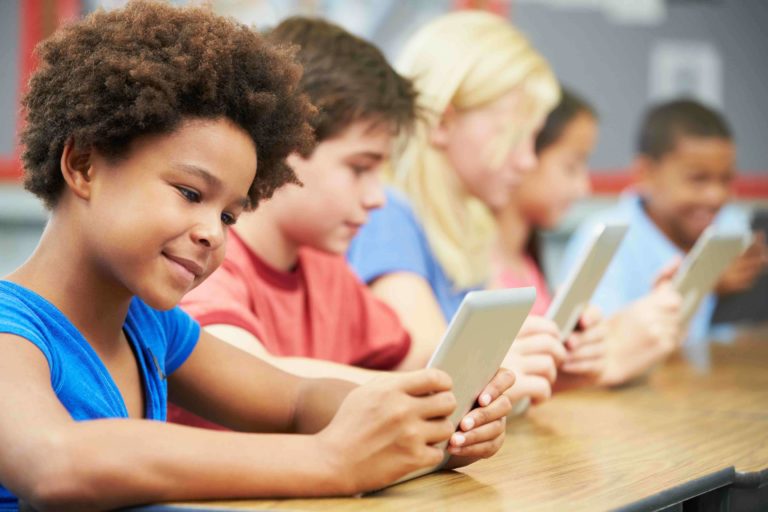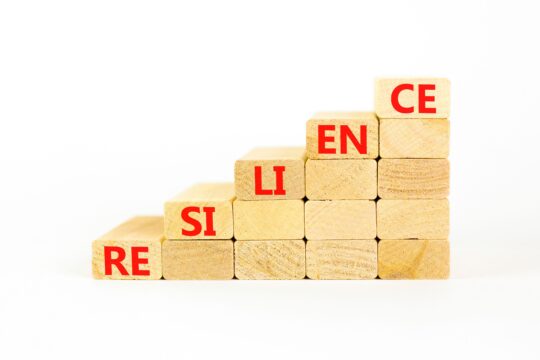Effective teachers are always looking for ways to help their students better process content, as well as seek different avenues that will help them demonstrate their understanding.
Differentiated instruction strategies allow teachers to empower and engage students by accommodating each of their different learning styles. One helpful tactic to employ differentiated instruction strategies is called learning stations—a way to supply your class with multiple ways to learn and understand concepts. Much like a menu offers patrons a variety of options to satisfy their appetite, learning stations expose students to a variety of strategies and choices that address many learners’ needs.
Like tiered assignments, flexible grouping, and differentiated instruction as a whole, learning stations are fluid and can span multiple levels. This gives both students and teachers insight as to how a particular individual learns best. These stations offer young minds the opportunity to learn independently while keeping them engaged in the process.
The Difference Between Traditional and Differentiated Centers
For many teachers, learning stations (also called centers) are a staple in their classroom. Here we take a brief look at how traditional stations compare to differentiated ones.
- Teachers base differentiated stations on student assessment data, whereas a traditional station is based on whole-group instruction.
- In a differentiated station, students work within multilevel resources, whereas traditional station resources are not differentiated.
- Differentiated stations have tiered assignments, which include varied student responses, whereas a traditional learning station only has one level of response for all.
- Differentiated stations have tiered activities, whereas traditional stations do not.
Multilevel Center Activities
Multilevel center activities are teacher-planned tasks that are designed at three different levels —beginner, intermediate, and advanced — enabling students with diverse learning needs to challenge themselves accordingly. Here are three examples of differentiated learning station activities that you can implement into your classroom centers.
An open-ended activity is where all students in the group tackle the same assignment, but the end product will differ for beginner, intermediate, and advanced clusters. It’s a great technique because students will feel comfortable writing within their level.
Example: Ask your students in a reading group to draw a picture of the main character. Afterwards, instruct them to write speech bubbles around the character describing what they might say.
A tiered activity is when students are doing the same activity, but it’s tiered according to their difficulty level.
Example: Have your students play a game of memory. This game is easy to differentiate because you can have beginner students try to match a letter with its sound, while more advanced children can try and match a letter to a word. To differentiate this station, assign different bags of cards for each level, and direct specific students to the cards they should choose.
Learning menus, or choice boards, are varied activities that give students options on how they want to learn a concept. They often mimic a tic-tac-toe board where your classroom would pick three activities to complete (one from each row) to form a line. Differentiated instruction menus benefit all students because you can tailor each board to students’ readiness, learning styles, or interests, and kids think they are a lot of fun!
Example: Set up an exciting learning menu for math with items like “design math flashcards” and “measure five things in the room”, or write math facts in expanded form and pay attention to how each of your students prefers to learn.
Today’s classrooms are not taught with “one-size-fits-all” teaching. Differentiated instruction—and learning stations specifically—allow you to meet the needs of all learners while maintaining high standards within groups or individually. When you match a variety of exciting activities to a student’s learning style and preference, magic happens.




